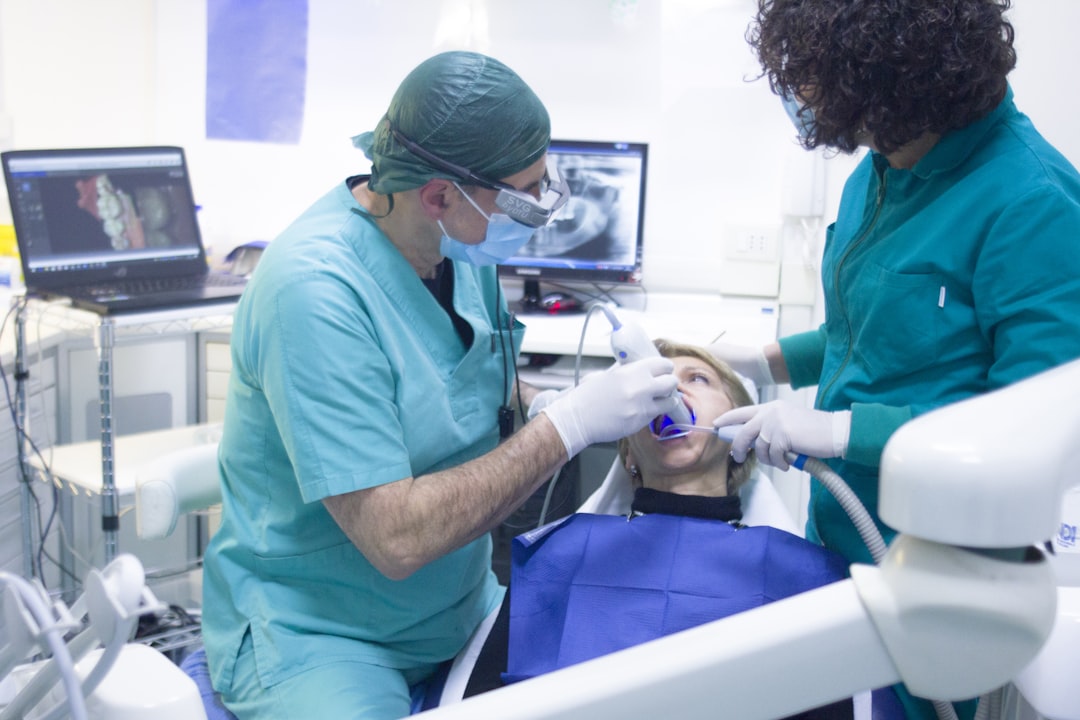Five Types of Invisalign Treatments

The number of people opting for Invisalign treatments has increased dramatically in recent years, and the number of problems encountered while undergoing these procedures has also increased significantly. Invisalign treatments have long been considered to be very advantageous for patients who are not happy with their current tooth alignment, or those who need to correct a tooth's alignment for one reason or another. Invisalign is most famous for the use of mainly plastic clear aligners as opposed to metal braces, which are far more expensive and usually require more than one visit to the dentist. Plus, the innovative Smartforce technology that comes with Invisalign dental treatments allows the customisation of unique clear, removable aligner strips to the teeth of patients. This ensures that the aligners suit the patient's bite and are also easy to remove should the need arise.
However, although removable clear aligner strips may provide immediate cosmetic improvement for patients, many dental health specialists argue that the long-term effects of invisalign treatments are still unknown. Invisalign, they argue, is still known to provide only short-term results and can even cause problems for patients if they do not follow the recommended procedure. One of the main problems encountered by patients when undergoing invisalign treatments is the fact that some dental care professionals believe that the process does not allow for complete removal of plaque, tartar and calculus from the front teeth and crowns. These arguments are bolstered by the fact that traditional metal braces and Invisalign treatments cannot remove all traces of plaque, tartar and calculus, meaning that the entire surface of the teeth remains exposed.
Patients requiring invisalign treatments may also need to consider other factors when deciding whether they are a suitable candidate or not. For example, those who suffer from crowded teeth, crooked teeth and/or overbite will not be able to use clear aligners and will therefore need to look into other options. Such individuals may need to consult with orthodontists or other professionals who have experience in dealing with these types of issues. They may even need to undergo surgery in order to achieve the desired result. On the other hand, adults who need to straighten their teeth because of physiological factors such as muscle weakness will be better suited to the treatment method than teenagers who are still in the growing phase and whose ability to straighten themselves may still be lacking. Take a look here now and find more details on the various types of dental treatments.
Furthermore, adults who need invisalign treatments but who want to keep their smile looking similar to that of their peers may need to check out what Invisalign can offer them. The most popular option available to them is the use of clear trays. Clear aligner trays are custom-made and look similar to traditional braces, except that they are able to accommodate an individual's unique tooth arrangement. They are custom made in order to fit each patient's exact needs.
Other types of invisalign treatments that a person might want to consider are metal braces. Like clear trays, metal braces are made from the same materials used in clear aligner trays, and therefore look similar. However, unlike the latter, metal braces are able to accommodate minor discrepancies in a person's bite since metal braces do not require the same amount of work as clear trays do when working on correcting crooked teeth and spacing.
Of course, the most common of all invisalign treatments is none other than the use of floss. As one would expect, using floss on one's teeth has long been recommended for oral care. However, if a person has a severe problem with crowding, they may want to look into the benefits floss can provide in this area. While the use of floss has long been recommended for oral care, for people with crowding problems, their dentist may recommend the use of micro-bristle toothbrushes instead. Education is a never ending process, so continue reading here: https://en.wikipedia.org/wiki/Dentist.
